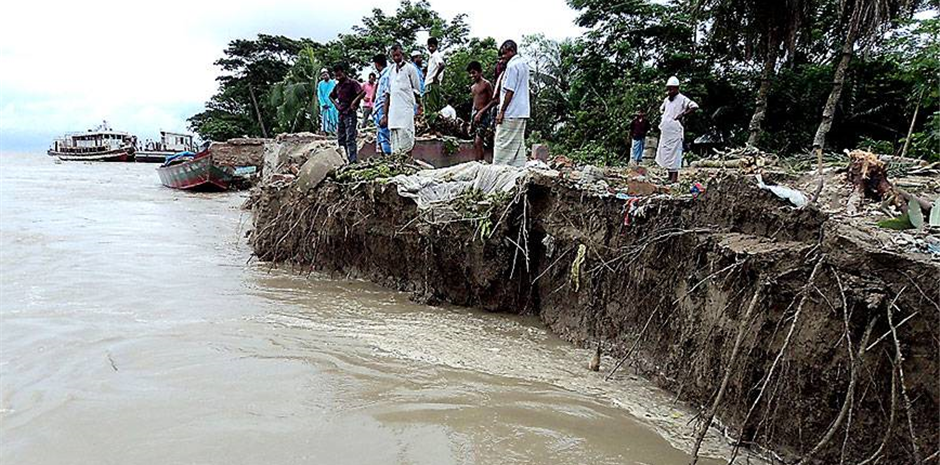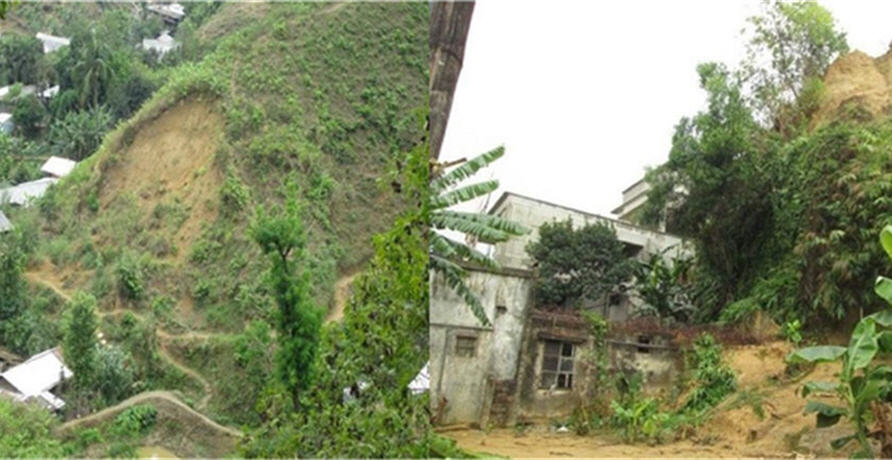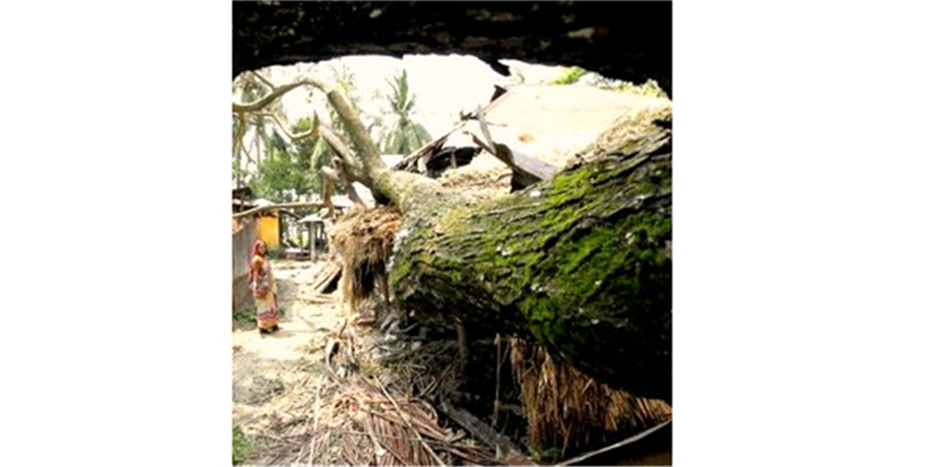When Nature Strikes Back!
Chittagong, Bangladesh
Bangladesh and its people have been one of the worst victims of natural disasters from ancient times. Because of that people have learned to adapt with the dangers and growing uncertainties without adequate support from the government.
This article probes into innovative and workable systems on how to prepare, respond and recover from landslides that can be acquired to ensure a well-functioning disaster management system. In doing so, it begins with an overview of landslides in Chittagong city.
History of Landslides in Chittagong.
Since 2000 to 2009 there have been at least a total of ten landslides in Chittagong. A case study of June 2007 by the Department of Environment Deputy, Director Zafar Alam informed Dhaka Tribune about the thirteen hazardous hills, the home of about fifty thousand people. Also, on 11 June 2007 a massive landslide killed about ninety people.
Another reported landslide between 2007 and 2008 caused deaths of a hundred and forty people, including loss of property. According to the studies of 2014, thirty hills were found to be prone to landslides; some of them are CRB hills, Tiger Pass hill, Prabartak, Foy’s Lake and many other areas. At least ten million people have been living in these foothills.
Causes and Risks
There are both natural and man-made causes of landslides. Eighteen percent of Chittagong city’s landscape is hilly. The bedrock and soil structure of the hills are not stable and therefore little rainfall causes the hills to break down. People believe rainfall is the primary reason for landslides but it is just the nudge needed for the disaster to occur. The major reasons for landslides are unsustainable land usage and illegal hill cutting which begets to deforestation. In the process of deforestation, the land surface is exposed, increasing its vulnerability to erosion.
Men use the land for construction, sand and clay mining purposes to reduce their costs and increase their profits, triggering landslides. Practice of cutting hills is booming up with growing demand of home building. Many settlements and slums have been developed in the bottom of the hills. Lower income people are living in these high risk areas.
One devastating landslide proceeds to instant management of the disaster by the government. "A landslide in Tiger Pass Hill killed many people early in the morning and the rescuers were hours too late," said Kashfiah Fatema, a student of AUW and also a citizen of Chittagong. She mentioned that the government tried to relocate the unaffected people living on the vulnerable hill slopes but it was not possible to take the immediate action in such short notice.
There have been several landslides in Foy's Lake, home of Kashfiah Fatema. Since there have been no accidents, no reports have been made. Does no death mean any danger?
Existing Preparedness Measures
The government is in the process of building walls along the hill slopes. A relocation policy has also been made. Also, hill management policies are being implemented to reduce hill cutting for construction purposes, but it would take proper administration to go through with the plan. An early response team has been formed but there is still a lack of capability.
"The civil engineers are responsible for building the walls around the hill slopes but they are not sincere in doing their job" Kashfiah revealed.
During the Tiger Pass Hill incident, the walls collapsed due to poor construction and so some corrupted civil engineers were fired. When asked about her previous school being prone to landslides, she mentioned that there were walls built around the hills and separate exits were made for evacuation. Also, an alarm was set up for emergencies. The school had a separate team that was in charge of preparing for disasters.
Possible Measures Bangladesh can implement to mitigate the adverse effects of landslides.
Water is a main factor in landslides. Surface water should not be allowed to gather in the site of the disaster and reroute in such a way that it avoids triggering a landslide near to the site. Afforestation should be done to strengthen soil stability. Vegetation absorbs the water infiltrating the soil. But that cannot alone stop a landslide. Water in the ground can also be removed by using perforated pipes or pumped water wells. Government should find a potential relocation site to relocate the present inhabitants. The slums below the hills need to be removed as they are in danger of being engulfed.
Piles are metal beams that can be drilled into the ground, and if properly placed can act as an adequate rock layer below the landslide. Wooden beams or telephone polls should not be used as they are not strong enough and can give way to rotting.
Preparing for disaster is an integrated process where it requires the contribution of many different sectors – ranging from disaster management organizations, the local government, health care centers, to training and logistics.
This is to ensure that the community is in a good position to respond to the disaster. Rescue operations in recent landslides had poor coordination and inadequate rescue tools. Effective realistic and coordinated planning would likely reduce the adverse effects of disaster, mitigate their impact on vulnerable population and prevent disaster where possible.
Bangladesh could collaborate with foreign countries to train men equipped with necessary tools. Risk reduction measures would result in saving maximum lives, alleviate their sufferings, help the people to respond and cope with the consequences effectively to recover within a short time period.







